- 11 Historic Wildfires That Changed Fire Management Data Reveals - October 4, 2025
- The 1883 Krakatoa Event And Its Global Weather Effects Records Show - October 2, 2025
- How Scientists Use Climate Models To Forecast The Future - October 2, 2025
Revolutionary Discovery in Samburu County

Picture a tree that doesn’t just absorb carbon dioxide from the air and store it in wood and leaves like every other tree on Earth. Imagine instead a tree that literally turns harmful greenhouse gases into solid rock, essentially becoming part stone itself. This isn’t science fiction – it’s happening right now in the arid landscapes of Samburu County, Kenya.
An international team of Kenyan, U.S., Austrian, and Swiss scientists found that certain fig trees could draw carbon dioxide (CO2) from the atmosphere and store it as calcium carbonate ‘rocks’ in the surrounding soil. The groundbreaking research was presented at the Goldschmidt conference in Prague, marking one of the most significant natural climate solutions discovered in recent years.
The Oxalate-Carbonate Pathway Explained
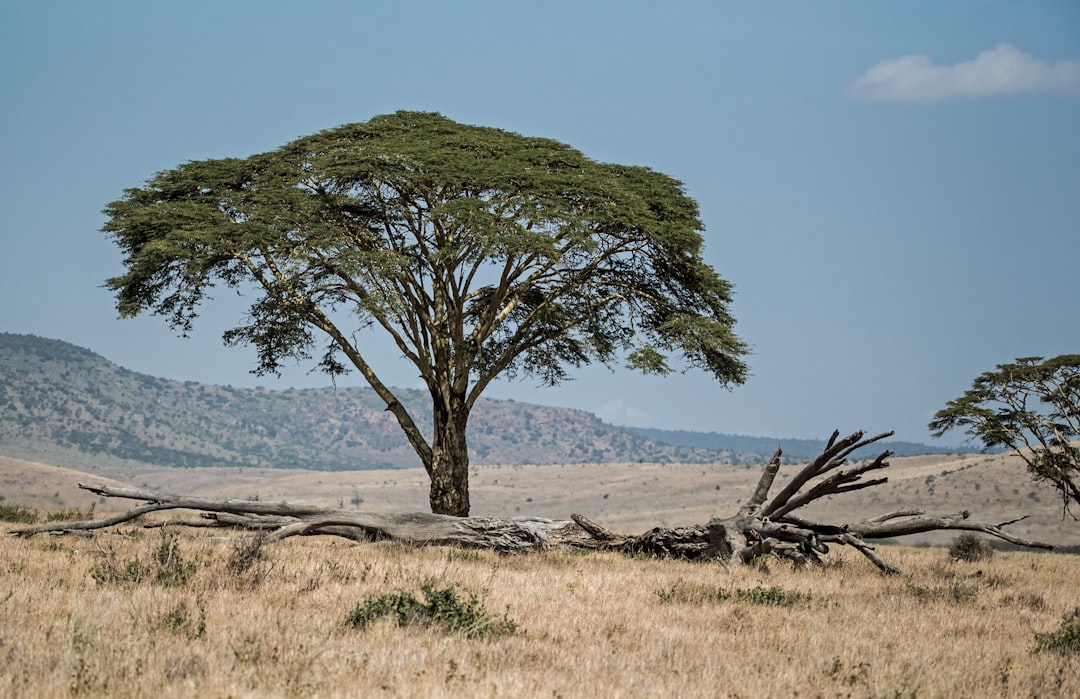
The trees—native to Kenya—are one of the first fruit trees shown to have this ability, known as the oxalate carbonate pathway. Think of it like nature’s own carbon capture and storage system, but instead of storing CO₂ in underground reservoirs, these remarkable trees transform it into something completely different.
Certain trees use CO2 to create calcium oxalate crystals. When parts of the tree decay, these crystals are converted by specialized bacteria or fungi into calcium carbonate—the same mineral as limestone or chalk. It’s like watching a tree gradually turn itself into stone while still remaining alive and productive.
This increases the soil pH around the tree, while also increasing the availability of certain nutrients. The inorganic carbon in calcium carbonate typically has a much longer lifetime in the soil than organic carbon, making it a more effective method of CO2 sequestration. The process essentially locks carbon away for centuries, maybe even millennia.
Meet the Champion Species
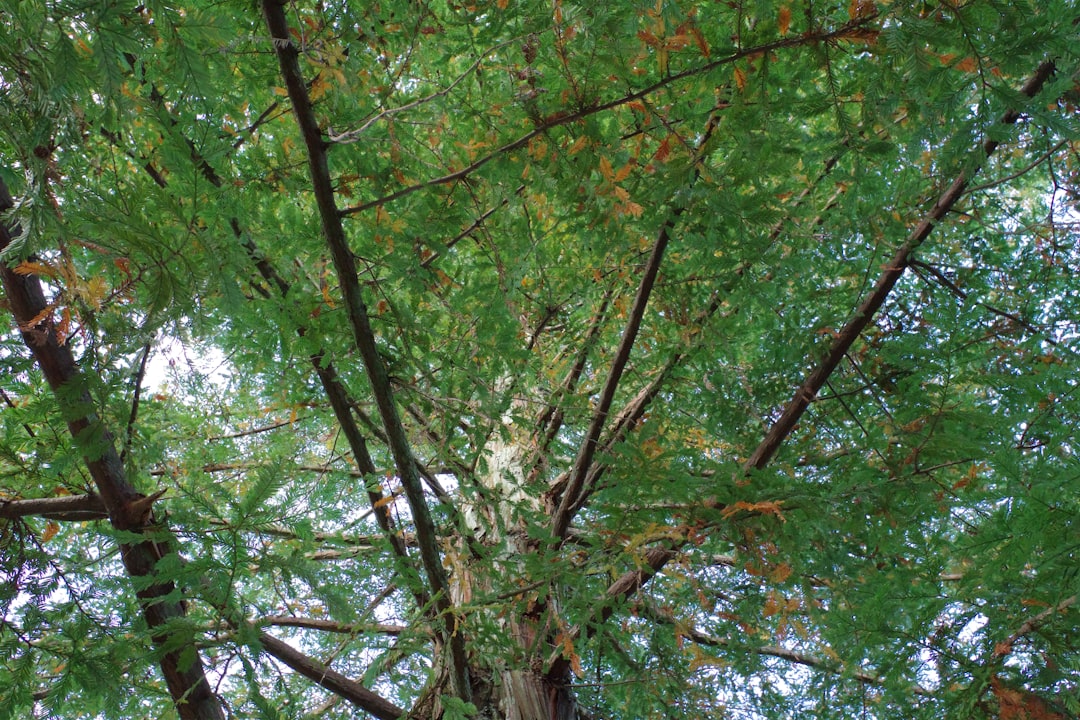
Of the three types of fig tree studied, the scientists found that Ficus wakefieldii was the most effective at sequestering CO2 as calcium carbonate. This particular species has become the star of the research, showing abilities that even surprised the scientists themselves.
According to the researchers, Ficus wakefieldii converts CO2 into a solid form known as calcium oxalate. Bacteria living in the tree and the soil then change that into calcium carbonate, the same mineral found in limestone and chalk. The tree essentially becomes a living factory for carbon mineralization.
Further, the researchers noted that the tree is found in other African countries, including Tanzania, Uganda, Zambia, and the Democratic Republic of the Congo. This means the potential for this natural climate solution extends far beyond Kenya’s borders.
The Science Behind Stone Formation
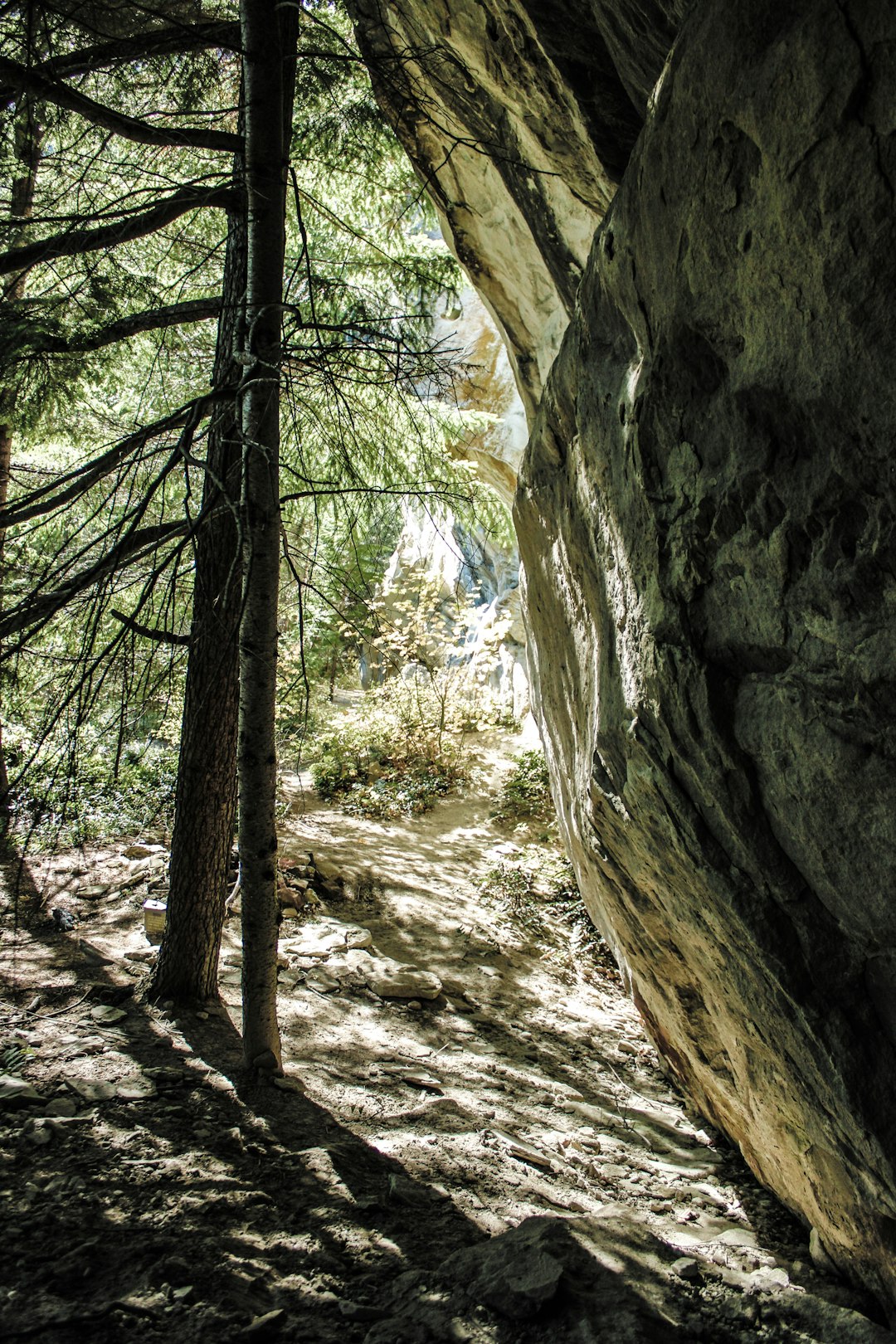
Using synchrotron analysis at the Stanford Synchrotron Radiation Lightsource, they found that calcium carbonate was being formed both on the exterior of tree trunks and deeper within the wood. The advanced technology revealed just how extensively these trees integrate mineral formation into their very structure.
The team identified how far from the tree the calcium carbonate was being formed and identified the microbial communities involved in the process. It’s not just the tree doing this work alone – it’s a collaboration between the tree and specialized microorganisms in the soil.
When parts of the tree decay, these calcium oxalate crystals are converted by specialized bacteria or fungi into calcium carbonate—the same mineral as limestone or chalk. This increases the soil pH around the tree, while also increasing the availability of certain nutrients. The entire ecosystem benefits from this remarkable process.
A Natural Climate Solution With Staying Power
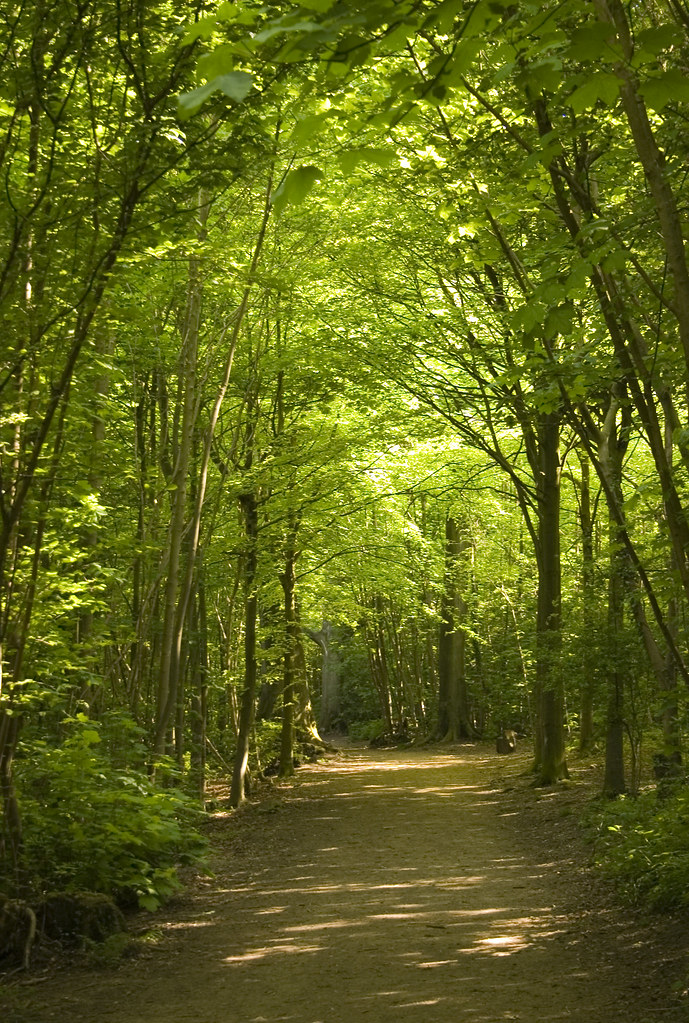
This turns the harmful gas into rock, keeping it stored in the ground for hundreds, even thousands, of years. This process traps carbon in a form that won’t return to the atmosphere easily, even after the tree dies. Unlike traditional carbon storage in wood, which releases CO₂ back to the atmosphere when trees decay, this mineralized carbon stays put.
On the other hand, regular trees absorb CO2 but release it back into the air when they die or decay. This fundamental difference makes the fig trees’ approach revolutionary for long-term climate impact. They’re essentially creating permanent carbon sinks.
Dr. Mike Rowley, a senior lecturer at the University of Zurich, explained that the oxalate carbonate pathway’s potential for sequestering carbon hasn’t been fully considered. The research opens up entirely new possibilities for natural climate solutions that could complement existing reforestation efforts.
Historical Context and Previous Research
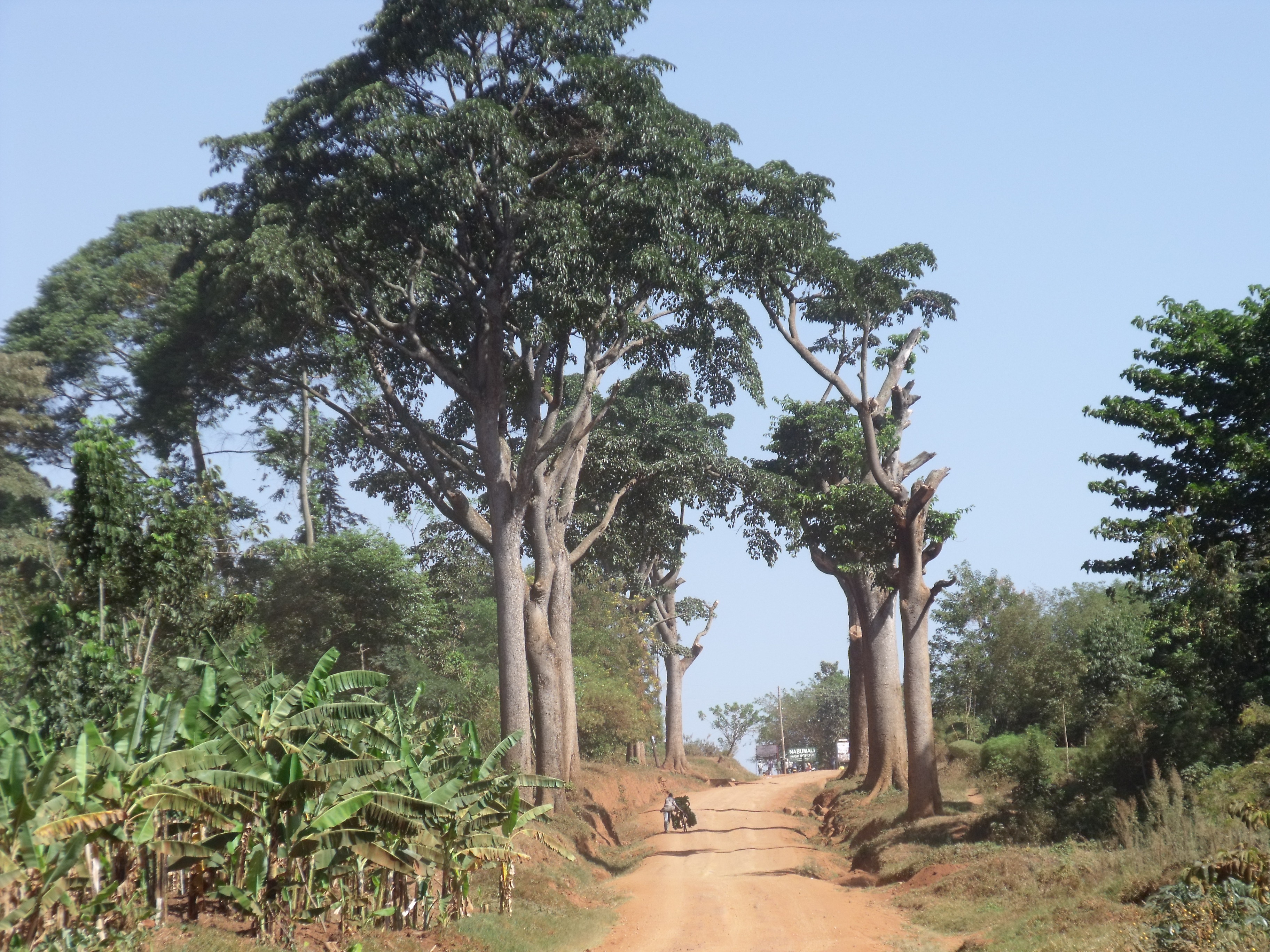
The first tree to be identified as having an active oxalate-carbonate pathway was the Iroko (Milicia excelsa). It can sequester one ton of calcium carbonate in the soil over its lifetime. This established a benchmark for what was previously considered exceptional carbon mineralization capacity.
Most of the research into the oxalate-carbonate pathway has been in tropical habitats and focused on trees that do not produce food. The Kenya fig tree discovery is groundbreaking because it combines food production with enhanced carbon sequestration.
Calcium oxalate is one of the most abundant biominerals and the crystals are produced by many plants. The microorganisms that convert calcium oxalate to calcium carbonate are also widespread. This suggests that the phenomenon might be more common than previously recognized.
Agroforestry Implications
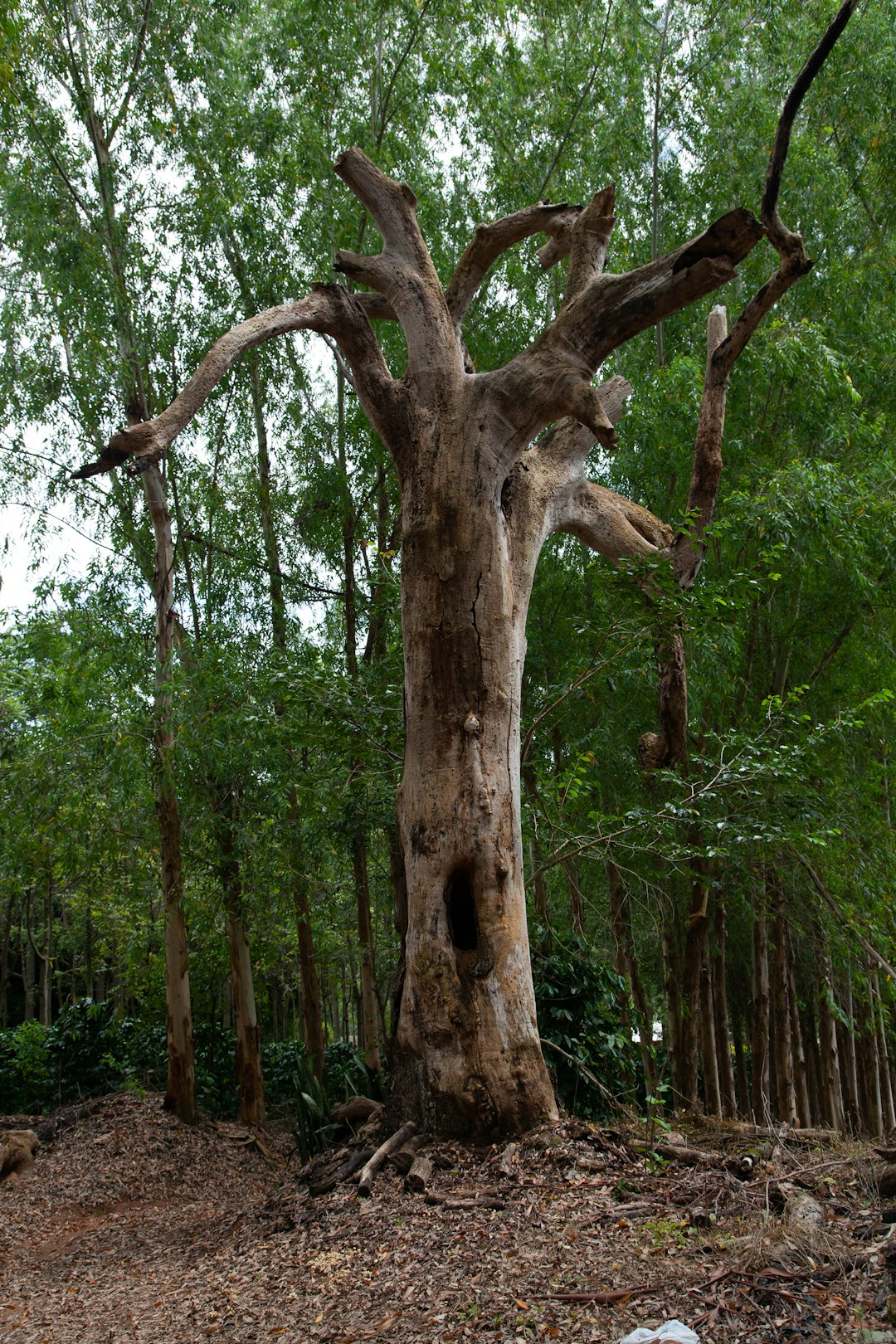
Dr. Rowley noted that if we’re planting trees for agroforestry and their ability to store CO2 as organic carbon, while producing food, we could choose trees that provide an additional benefit by sequestering inorganic carbon also, in the form of calcium carbonate. This could revolutionize how we think about sustainable agriculture and climate mitigation.
They are now planning to assess the tree’s suitability for agroforestry by quantifying its water requirements and fruit yields and by doing a more detailed analysis of how much CO2 can be sequestered under different conditions. The practical applications could transform farming practices across Africa and beyond.
This little-known carbon pathway, previously studied mainly in non-fruit trees, could offer a powerful, natural tool in the fight against climate change, especially if scaled through agroforestry. The combination of food production and enhanced carbon sequestration makes these trees particularly valuable for smallholder farmers.
Environmental Benefits Beyond Carbon
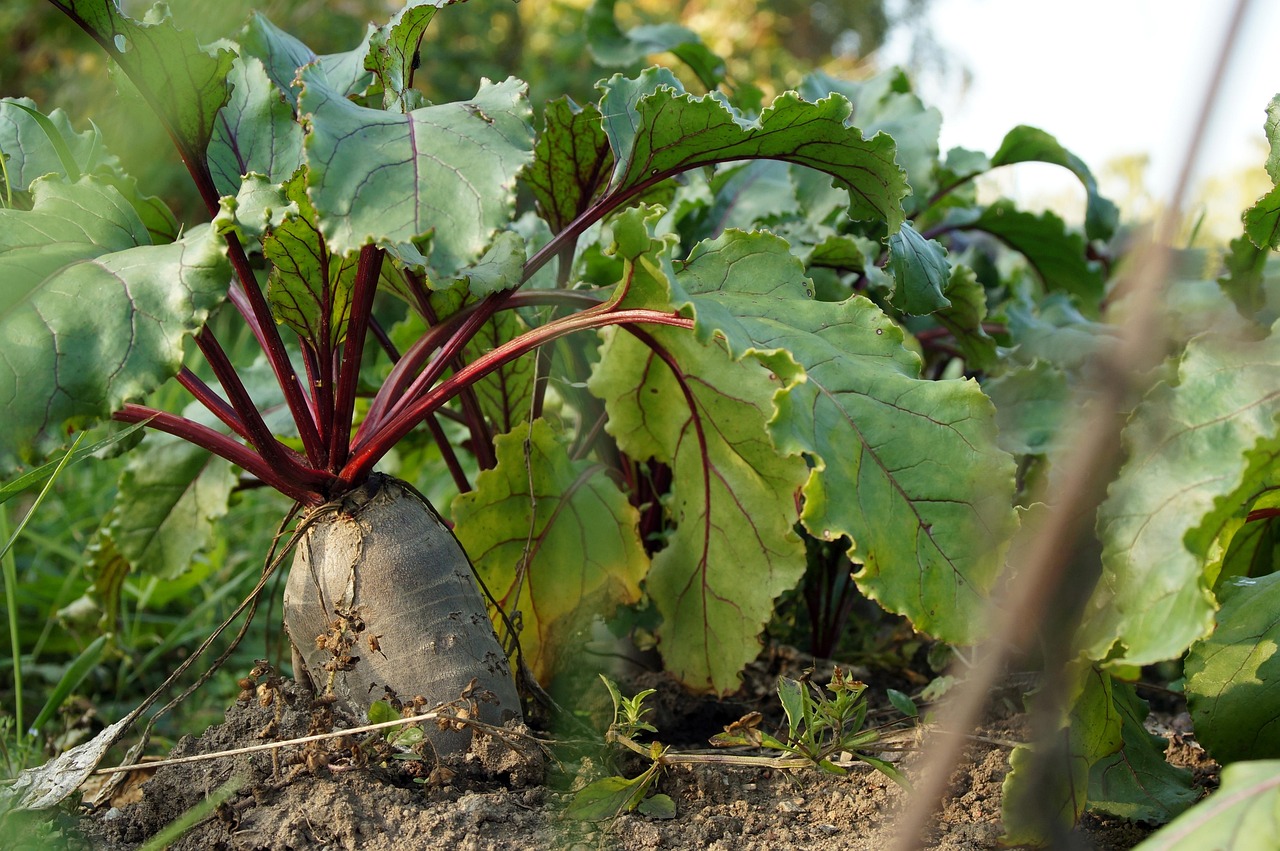
The formation of calcium carbonate raises the pH of the soil, making it less acidic. This change in the soil’s chemistry improves the availability of certain nutrients, making the surrounding environment healthier for plants and soil organisms. The trees literally improve their own growing conditions while fighting climate change.
The mineralization of carbon in the soil raises the pH level, enriching the soil with essential nutrients. This process not only supports the growth of future vegetation but also enhances the overall health of the ecosystem. The enriched soil thus becomes a fertile ground for new trees, ensuring a continuous cycle of carbon sequestration. It’s a self-reinforcing system that gets better over time.
Research Challenges and Limitations
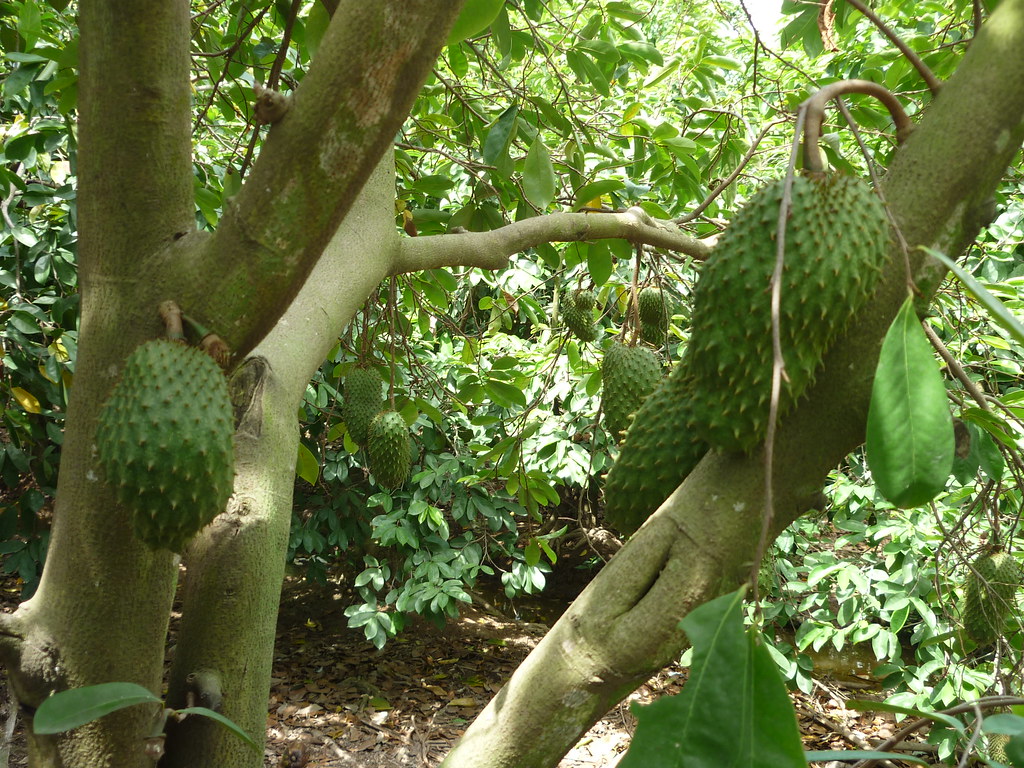
However, one major challenge that still remains is how much CO2 a single tree can store over its lifetime. Without exact data, it’s hard to estimate how effective planting more of these trees would be on a global scale. The research is still in its early stages, and quantifying the full potential requires more detailed studies.
Also, there are concerns about maintaining biodiversity and ensuring local ecosystems are not disrupted. Any large-scale deployment would need careful planning to avoid unintended ecological consequences.
Dr. Rowley explained that it’s easier to identify calcium carbonate in drier environments. However, even in wetter environments, the carbon can still be sequestered. This suggests the process works across different climate conditions, though with varying efficiency.
Global Potential and Scalability
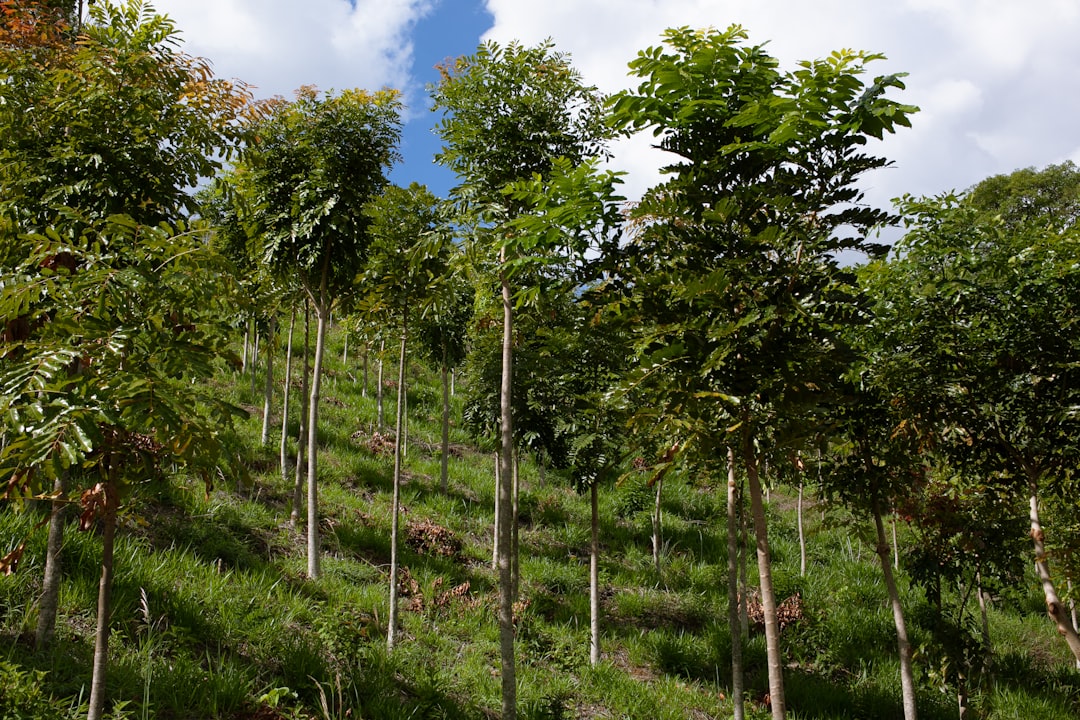
So far, numerous species of tree have been identified which can form calcium carbonate. But we believe there are many more. This means that the oxalate-carbonate pathway could be a significant, underexplored opportunity to help mitigate CO2 emissions as we plant trees for forestry or fruit. The discovery in Kenya might just be the tip of the iceberg.
Large-scale planting of such trees could become part of broader climate solutions, especially in regions like Africa, where natural resources are abundant. The potential impact could be enormous if implemented thoughtfully across suitable regions.
The potential of replicating this process globally raises questions about the scalability and efficiency of such natural solutions. Researchers are now exploring how to optimize conditions for maximum carbon mineralization while maintaining ecological balance.
The Samburu Success Story
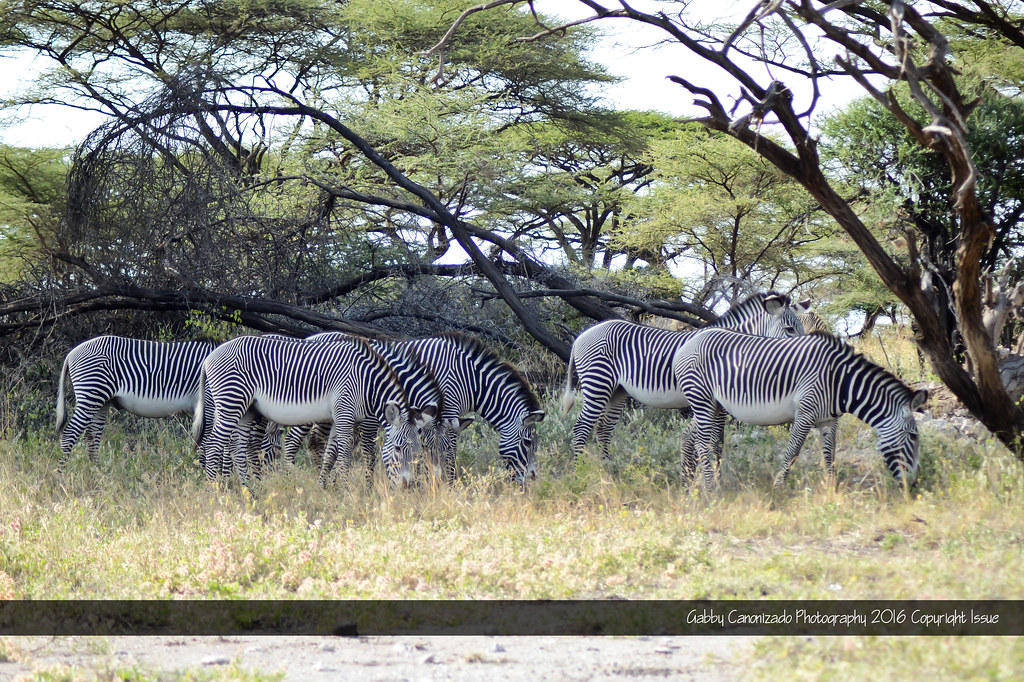
All three fig species grow in the depleted basaltic soils of Samburu country in Kenya. In this dry environment, it is easier for the scientists to track the formation of calcium carbonate. The harsh conditions that make life difficult for most plants actually make it easier to study this remarkable process.
The initiative began in Samburu in 2014 to support the semi-nomadic community in reclaiming the degraded environment through a plant-based food production and agroforestry system that includes drought-resistant fruit-producing wild trees. The trees include Afzelia africana, or African oak and Moringa stenopetala. The region has already been a testing ground for innovative tree-planting approaches.
Future Research Directions
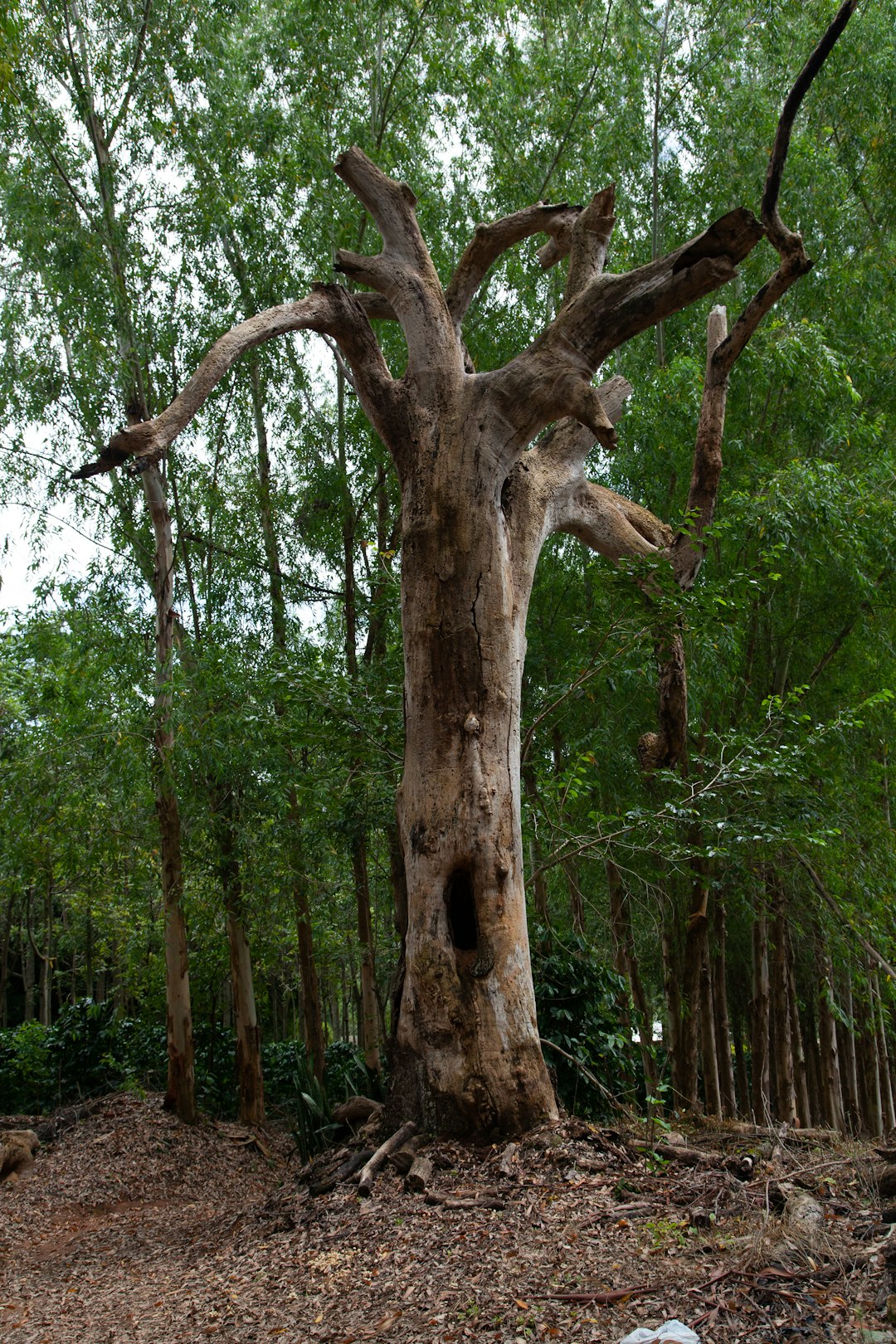
They are now planning to assess F. wakefieldii’s suitability for agroforestry by quantifying its water requirements and fruit yields and by doing a more detailed analysis of how much CO2 can be sequestered under different conditions. The next phase of research will determine practical applications and optimization strategies.
The team now plans to study how much water this tree needs, how much fruit it produces, and how much CO₂ it can store under different conditions. This will help determine if it’s a good choice for agroforestry—growing trees that produce both food and environmental benefits. The comprehensive assessment will guide future deployment strategies.
While this research focused on trees in dry regions, Dr. Rowley says the process can also happen in wetter areas. Since many plants create calcium oxalate, and the microbes that help complete the process are widespread, the potential for more trees to store CO₂ this way is likely much larger than we realize. The discovery might represent a vast, untapped natural resource for climate mitigation.
A Natural Wonder Worth Protecting
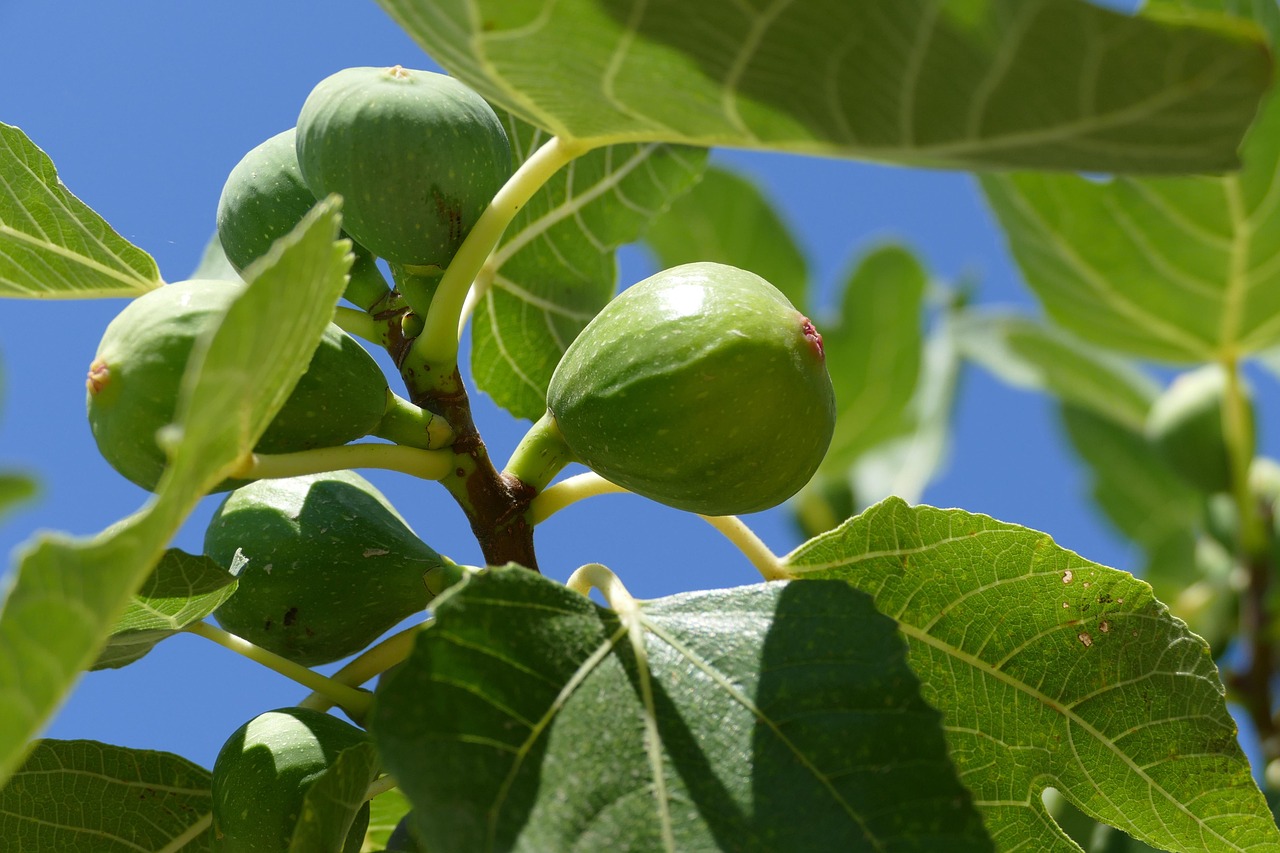
These Kenyan fig trees represent something truly extraordinary in nature – living organisms that don’t just adapt to their environment but actively improve it while fighting one of humanity’s greatest challenges. They’re turning the very air we’ve polluted into permanent stone repositories, all while producing food and enriching their surrounding soil.
The implications stretch far beyond Kenya’s borders, potentially offering a scalable, natural solution that could be implemented across Africa and other suitable regions worldwide. As research continues and our understanding deepens, these remarkable trees might prove to be one of nature’s most valuable gifts in our fight against climate change.
In a world where technological solutions often dominate climate discussions, these trees remind us that sometimes the most elegant answers come from nature itself. They’ve been quietly performing their stone-making magic for who knows how long, and now that we’ve finally noticed, they might just help save our planet.
Did you expect that trees could literally turn themselves into stone while still bearing fruit?

